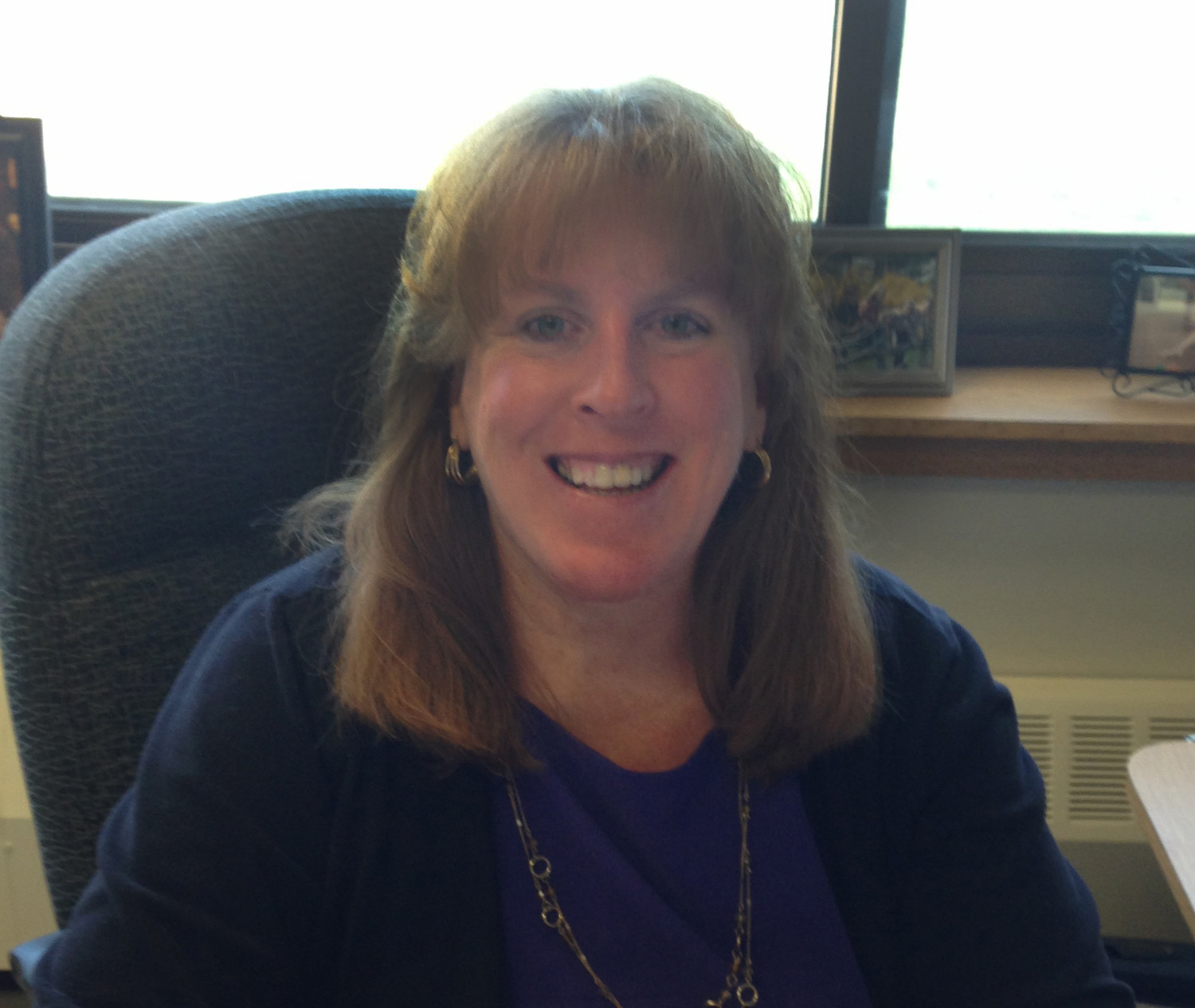What school could be
It’s that time of year again. As the air began to mix the scent of brand new crayons with the first hints of pumpkin and cinnamon, thousands of children returned to school this month.
This familiar ritual comes at a time when schools, particularly at the secondary level, are wrestling with the need to change to better prepare our students for their futures. The world, and the workplace our children will enter, looks very different today than in the past, and yet high schools in many ways look like those our grandparents attended.
Over the past five years, educators nationwide have seen an increase in chronic absenteeism at the high school level. In early 2020, a Yale University survey of U.S. high school students found that 75 percent reported negative feelings about school: “tired,” “stressed” and “bored” were the words students used most often to describe how they felt about school. The pandemic only exacerbated these issues.
So, what can we do as educators and parents? First, we need to have brave, bold hearts in examining a system that needs to change. As New York state begins to back away from the antiquated Regents exams that have so long defined our high school curriculum, we need to find ways to engage our students and give them agency in doing work that matters to them.
High school students have information at their fingertips instantly; schools are no longer the primary “imparters of knowledge.” The challenge for “future ready” schools is to help students find, evaluate and use that knowledge creatively and ethically. My oldest daughter is a freshman in college. In her high school, ChatGPT was banned, but now she has several professors who are requiring students to use ChatGPT and other forms of artificial intelligence, and are demonstrating how to use these tools in an ethical way. One has asked the students to write an essay, ask ChatGPT to make it better, and then write an analysis of exactly why the revised version is better (or not). AI will continue to transform learning, and educators need to be ahead of the curve — not behind it — in helping our children navigate this new world.
By providing high school students with curriculum that addresses important topics, and experiences that mimic real-world work, we can make school more relevant to them. Writing an extended essay, doing real research, designing and giving presentations — these are all “real life” assessments that help students make connections and study key topics.
In Long Beach, we’re expanding student access to internships that encourage them to explore career options. We also hope to introduce new career and technical education courses like aquaculture, vessel operations, scuba diving and construction. These courses, along with our current career and technical education programs in automotive technology, TV and film production, metalworking, engineering design, and medical assisting, give students “buildable” credentials that they can use to explore career choices as they work through post-secondary programs.
We also need to examine the basic structure of high schools: 40-minute periods, nine periods a day, early start times. Between sports, extracurricular activities, jobs and home responsibilities, our students are over-scheduled, stressed and often sleep-deprived. Changing that structure is a complicated task, but we need to prioritize their mental health over all else, and find ways to make high school fit the life of a teen in 2024.
One of the most powerful education-related books I have read recently is “What School Could Be,” by venture capitalist Ted Dintersmith, published in 2018. Dintersmith spent a year traveling around the country, chronicling exciting, innovative teachers who were changing the conversation about education. In my district, our entire leadership team read the book, and we led community discussions focusing on its ideas and those of the related film, “Most Likely to Succeed.”
As this new school year begins, I’m excited to continue building schools students can love, with programs that engage and inspire. Last year I wrote an online blog post for ASCD about returning joy to learning. High schools of the future can radiate the same joy and curiosity that we see when we walk into a pre-K class! Somehow, over the years, we have replaced that joy with compliance, but that is changing, and in Long Beach, I’m excited to see what school could be.
Jennifer Gallagher, Ed.D., is superintendent of Long Beach Public Schools.






